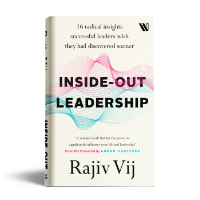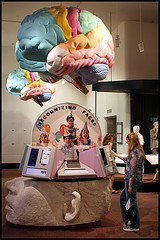
One fish said to the other, “Do you believe in this ocean that they talk about?”
So goes an ancient Chinese saying and I think it well illustrates how narrow our vision of the world and the universe can be. We see the world from our limited perceptual framework. Despite an overwhelming evolution of the human race, the human mind is severely restricted by what it can perceive through the senses.
What we hear is limited by the frequencies our ears can process – dogs can hear many higher frequencies and hence have a very different perception of the same sounds. Our sight is limited by the light frequencies our eyes can relate to; since pit vipers can sense heat from infrared rays (somewhat like the night vision goggles), they must construct the same world rather differently.
Further, from our knowledge of science, we know so many things are just not what they appear to be – the sky isn’t blue, only the scattering of the blue light absorbed by the atmosphere makes it appear so; the moon doesn’t rise in the night; and the house we live in is not standstill, but rotates along with the earth. Essentially, we see, hear and process what we can and not what the reality is.
Besides the human handicap in picking up the absolute truth in the first place, our perceptions are further clouded by our personal thoughts and emotions. As Anais Nin, the French author, beautifully articulated, ‘We do not see things as they are. We see them as we are.’ Our thoughts and emotions project their own hues and colors to whatever we observe.
What is the truth then?
The ultimate truth is that everything in the universe is made up of energy. All beings- the plants, animals and all of humanity- are manifestations of the same energy. This vital spiritual force breathes life into every living being and sustains every cell and organism. This enormous field, of…















